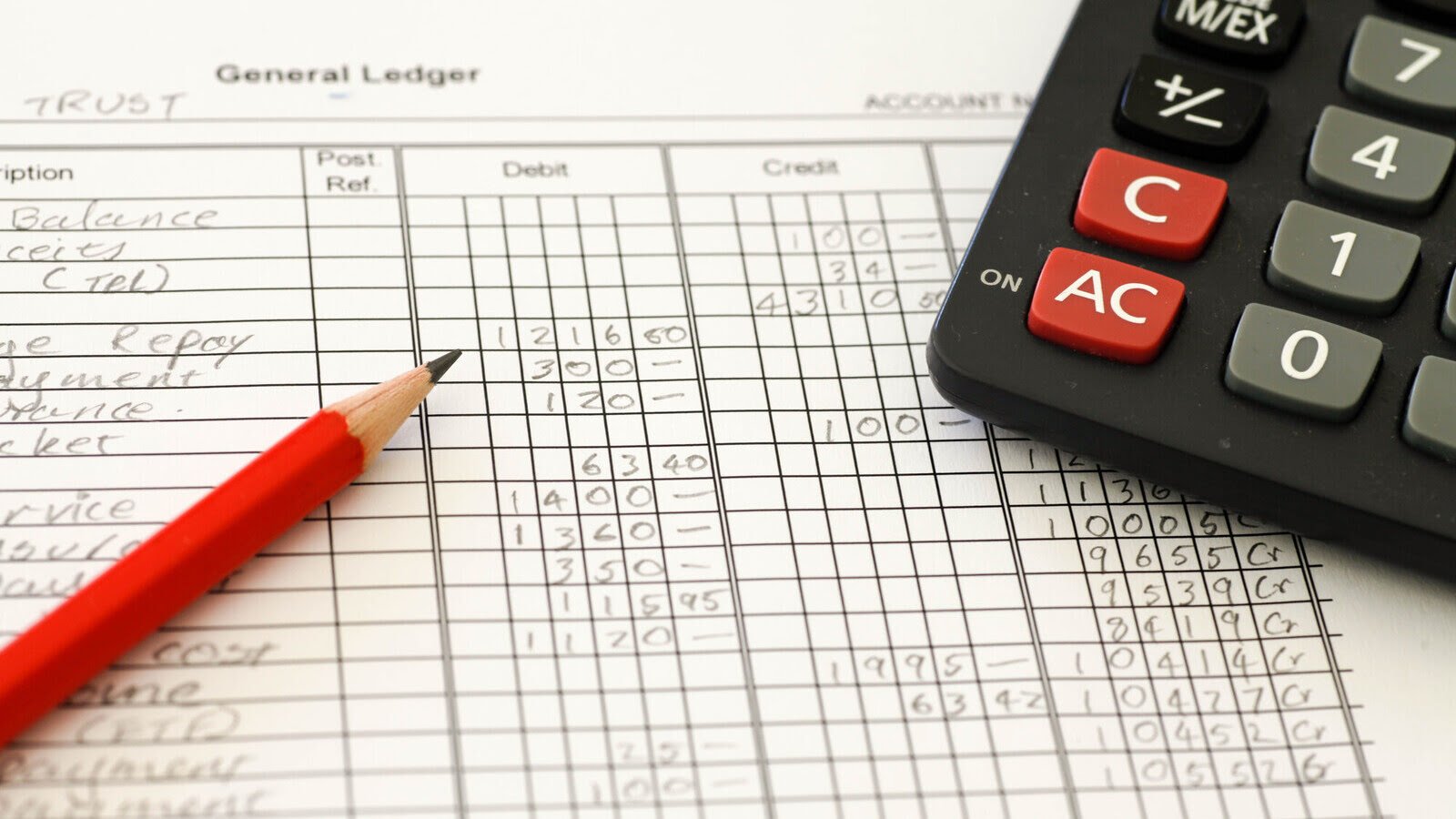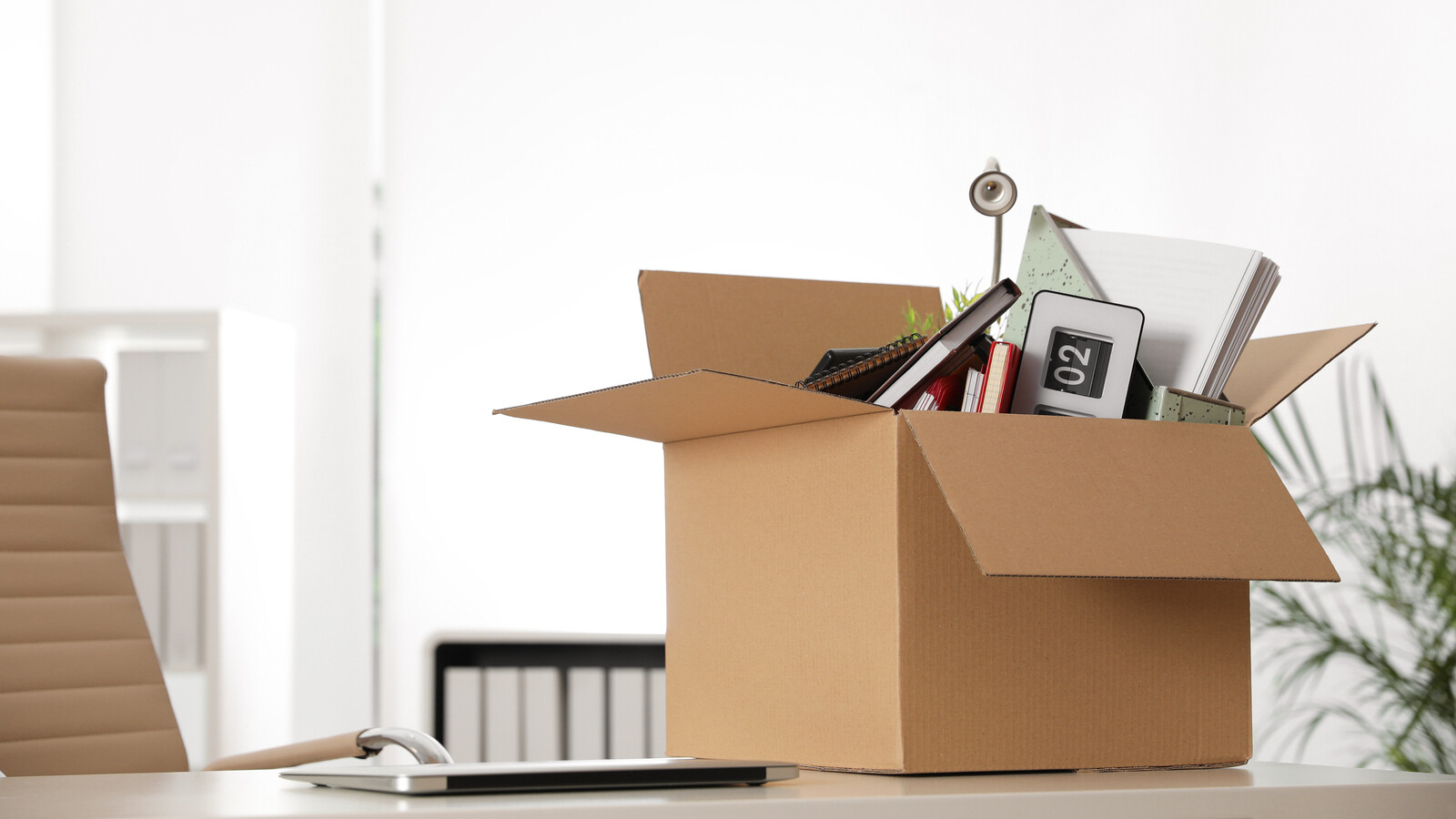When someone mentions a general ledger, it often brings to mind dense spreadsheets and complicated accounting terms. For many business owners, the general ledger feels like something only your accountant needs to worry about.
But the general ledger is actually your business’s best financial reality check. It’s the one place where every transaction gets recorded. If you can understand the basics, you can spot mistakes, notice patterns, and make more confident decisions. You don’t need to be an expert. You just need to know where to look.
What is a general ledger?
The general ledger is your business’s master financial file. It includes every dollar that enters or leaves your business. Think of it as the foundation for your financial reports, your tax filings, and your overall peace of mind.
Keeping it accurate helps you:
- Spot errors before they cost you money
- Make informed decisions without guesswork
- Provide clean, reliable records to banks, investors, or auditors
When your general ledger is current, everything else, budgeting, planning, even tax season, becomes more manageable.
What does a general ledger look like?
Every transaction in your business falls into one of five account types:
- Assets – What your business owns, like cash or inventory
- Liabilities – What you owe, including loans or unpaid bills
- Equity – Your share of the business, including retained earnings
- Revenue – What you earn through sales or services
- Expenses – What you spend to keep things running
These categories form the backbone of your financial statements. Whether you use paper records or accounting software, everything runs through these five buckets. Software simply makes it easier to search and stay organized.
Debits, credits… Should you be worried?
Debits and credits are not about good or bad. They are simply two sides of every transaction.
Here’s a simple guide:
- Assets – Debit increases, credit decreases
- Liabilities – Debit decreases, credit increases
- Equity – Debit decreases, credit increases
- Revenue – Debit decreases, credit increases
- Expenses – Debit increases, credit decreases
This system is called double-entry accounting. Every transaction gets recorded in at least two places to keep your books balanced. Software handles the math, but understanding these basics helps you notice when something looks off.
How do regular people read a general ledger?
You don’t need a finance degree to read your ledger. Start with a few key areas:
- Chart of accounts – This is the full list of what your business tracks. It’s your table of contents.
- Opening and closing balances – These show where you started and where you ended within a time period.
- Transaction details – Dates, descriptions, and amounts tell the story.
- Software tools – These allow you to search and sort your records quickly.
Once you get used to the rhythm, spotting patterns becomes easier.
How does the general ledger link up to those big financial statements?
Every financial report your CPA talks about starts with your general ledger.
- Balance sheet – Snapshot of what you own, owe, and retain
- Income statement – Shows your revenue and expenses over time
- Cash flow statement – Tells you how much money is coming in and going out
Clean ledgers make these reports accurate. That gives you more confidence in the numbers when making decisions.
Will accounting software save you time?
Yes. Tools like QuickBooks or Xero connect to your bank and help you categorize transactions quickly. You still need to know what’s going on behind the curtain, but you’ll spend less time sorting receipts.
Here’s how to make it work:
- Set up your chart of accounts properly from the beginning
- Record transactions consistently
- Keep a backup copy of your records in case of technical issues
Good software won’t replace your judgment, but it helps you focus on what matters.
Want to test your ledger chops?
Try this example:
You purchase $1,000 in supplies using credit.
Supplies (asset) is debited by $1,000
Accounts payable (liability) is credited by $1,000
Now go back to a real transaction in your own books. Track it through your ledger and find where it lands in your financial statements. That hands-on practice builds your confidence.
The bottom line
When you understand your ledger, you gain control over your finances. You don’t need to memorize every rule. You just need to know what looks normal and what doesn’t.
Take five minutes each week to review your ledger. That small habit can prevent bigger issues and reduce stress at tax time.








